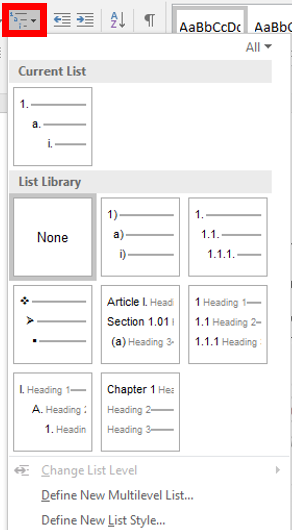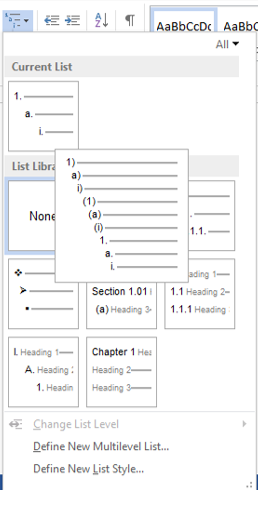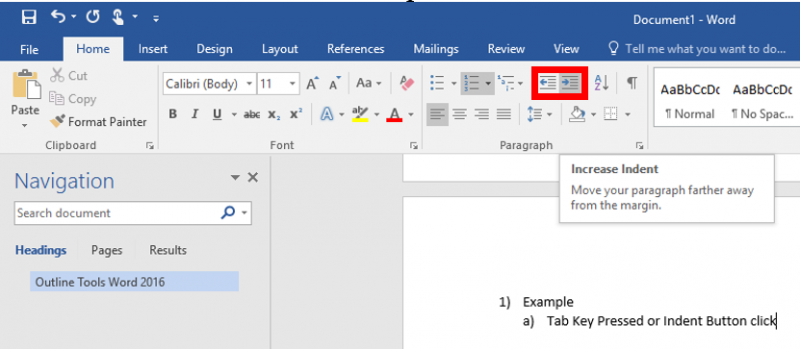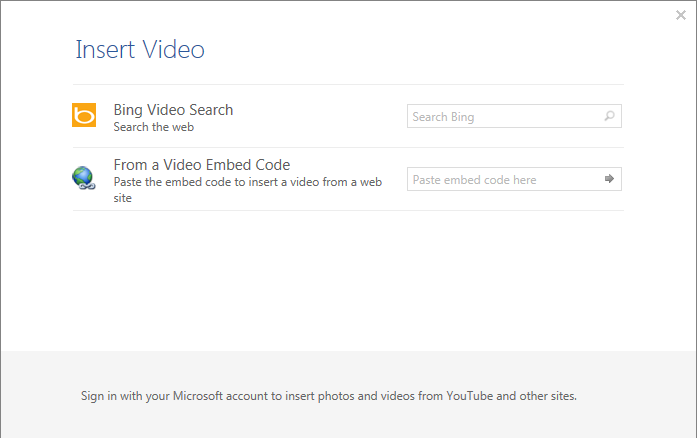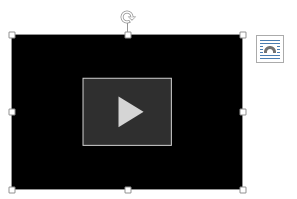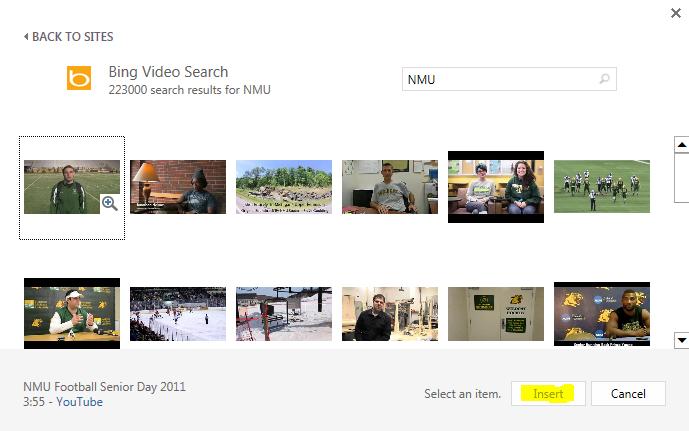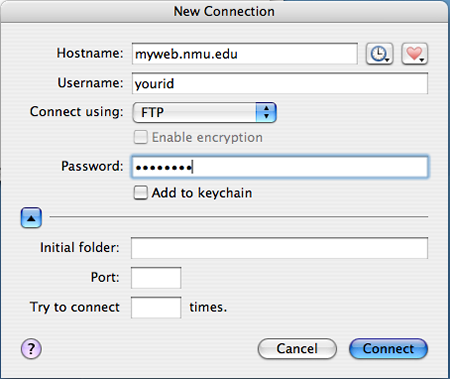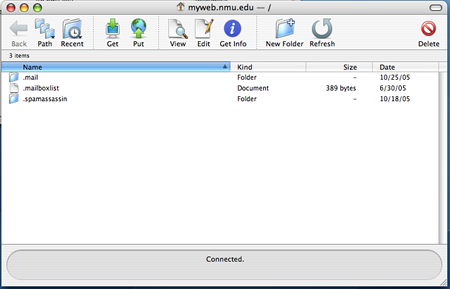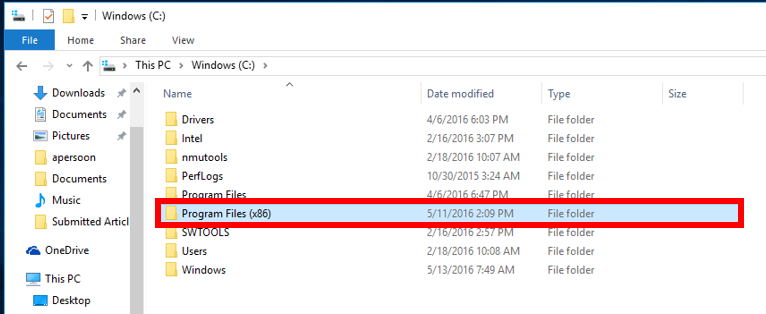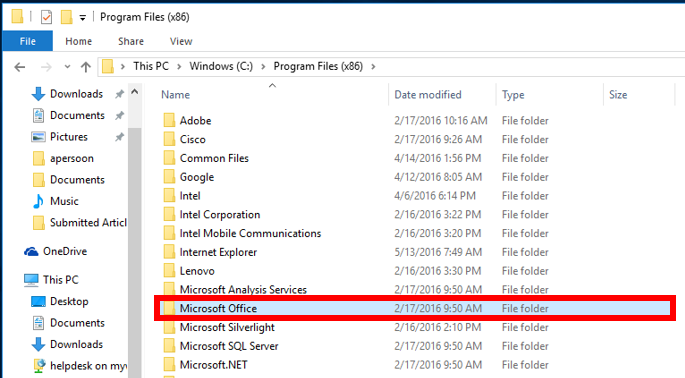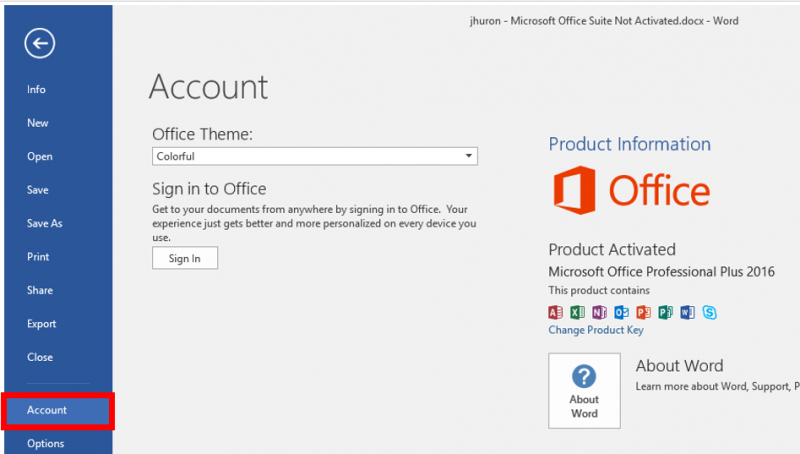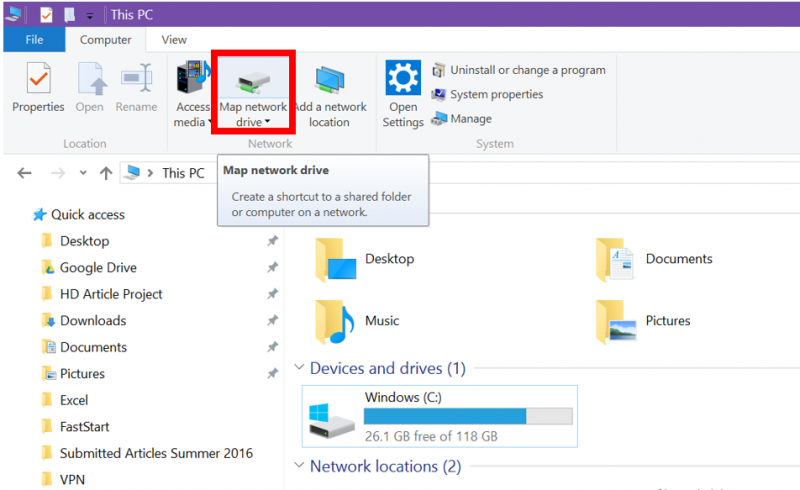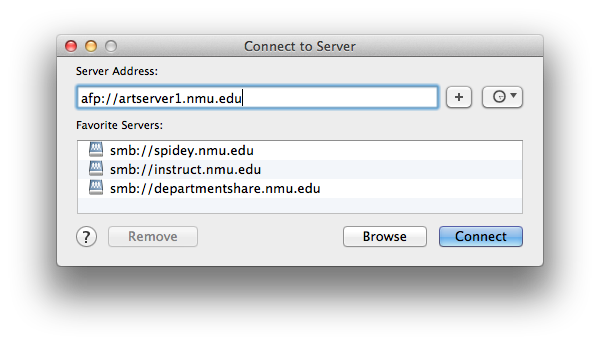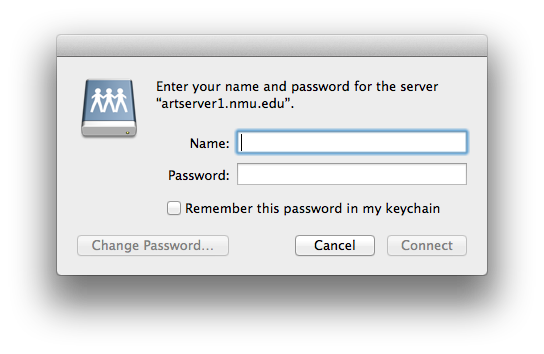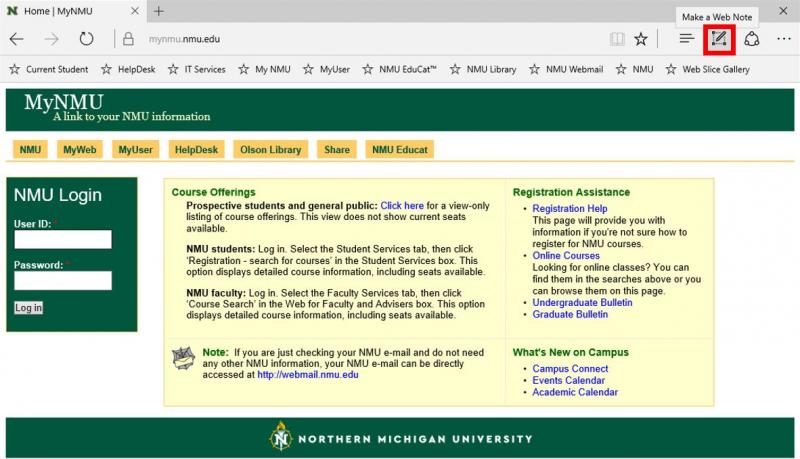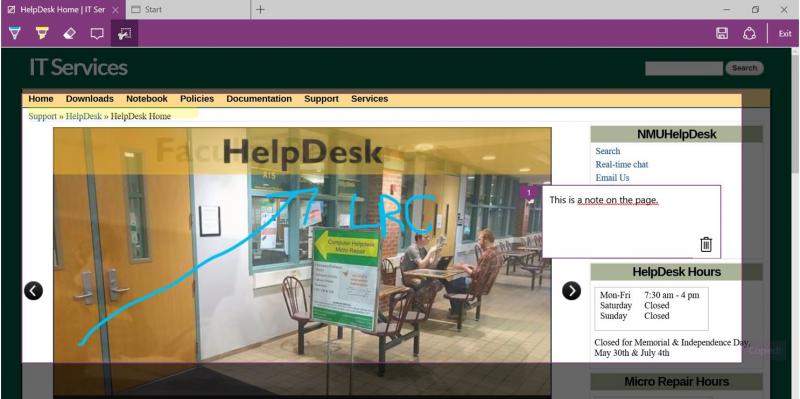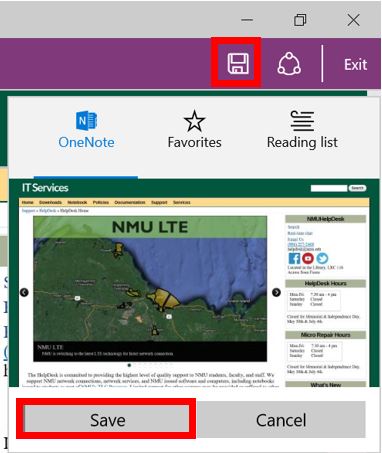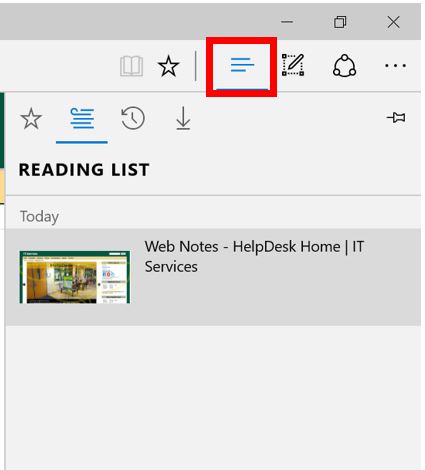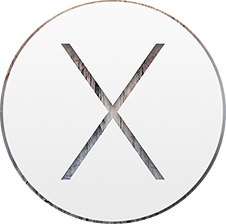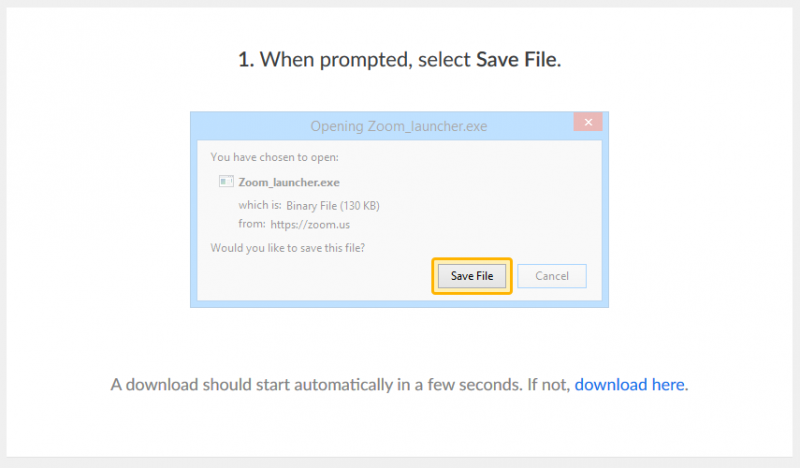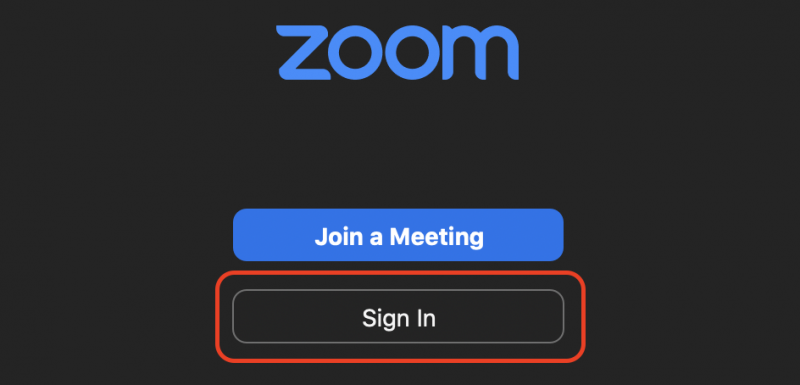Taking a Respondus Lockdown Browser Quiz on Educat
Documentation
- Make sure your computer is connected to the Internet in the location where you will be taking the quiz.
- Log into your class on Educat in Chrome or Firefox.
- Click on the quiz you need to take. If Lockdown Browser is required, it will now launch.
- If prompted to close a blocked program (e.g. screen capture, instant messaging) choose "Yes" when prompted. This may occur several times until everything needed to be quit is closed. -- OR -- , close LockDown Browser and then close the blocked program(s) before restarting.
- Once a quiz has been started with LockDown Browser, you cannot exit until the "Submit all and finish" button is clicked.
TIPS
- Prior to your first assessment, complete the practice quiz available in most courses using the LockDown Browser to make sure it works correctly.
- If a LockDown Browser update is available the program will take time to install it when the Lockdown Browser is a opened. Something you might check for before the day of a major exam.
- For Windows computers, routinely install Windows updates (due on the second Tuesday of the month after 6 pm) so you don't have to wait for them to install if you have to restart your computer just before the exam.
